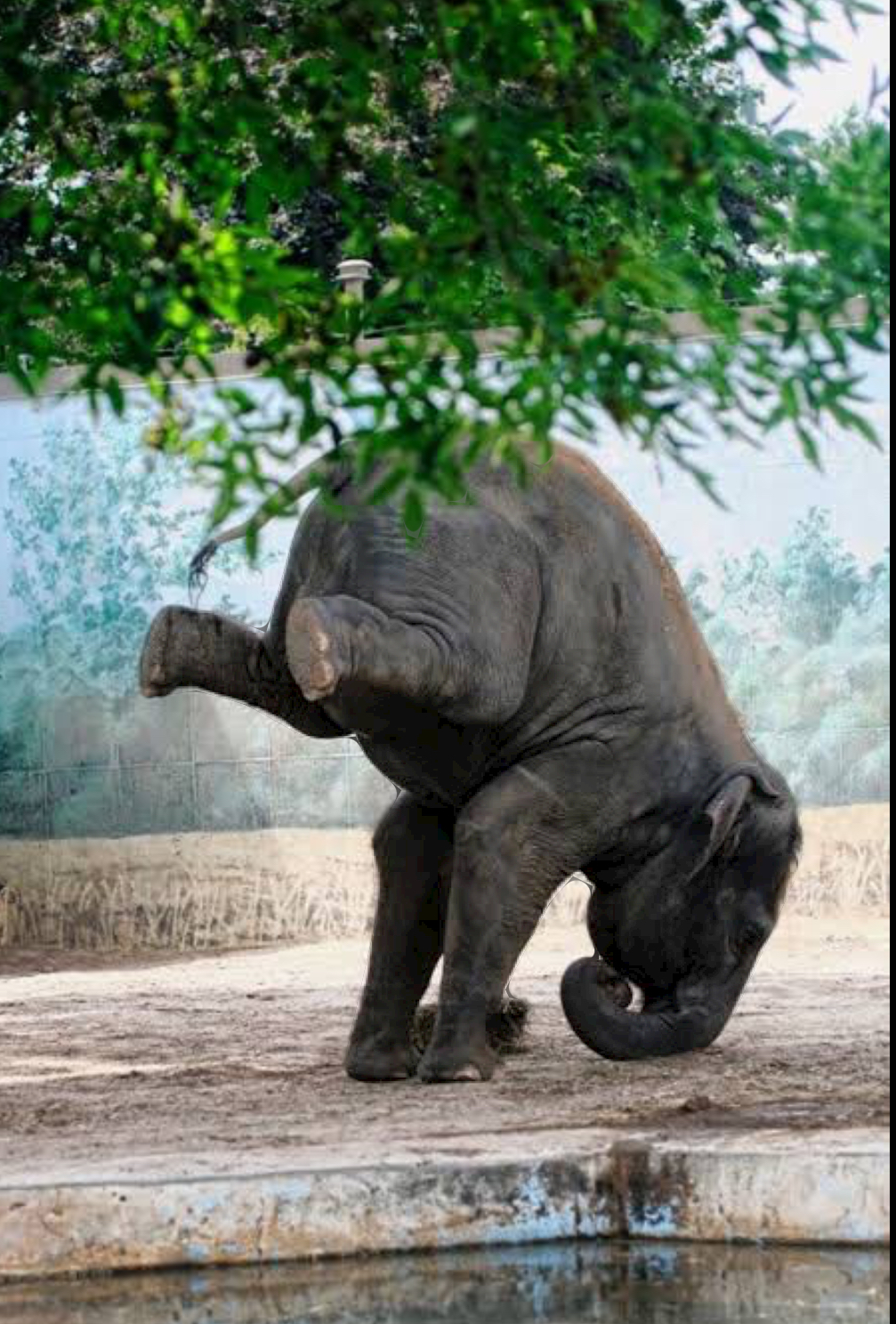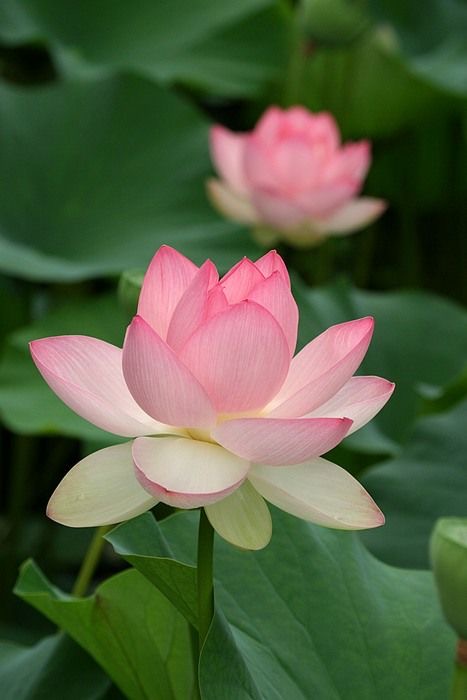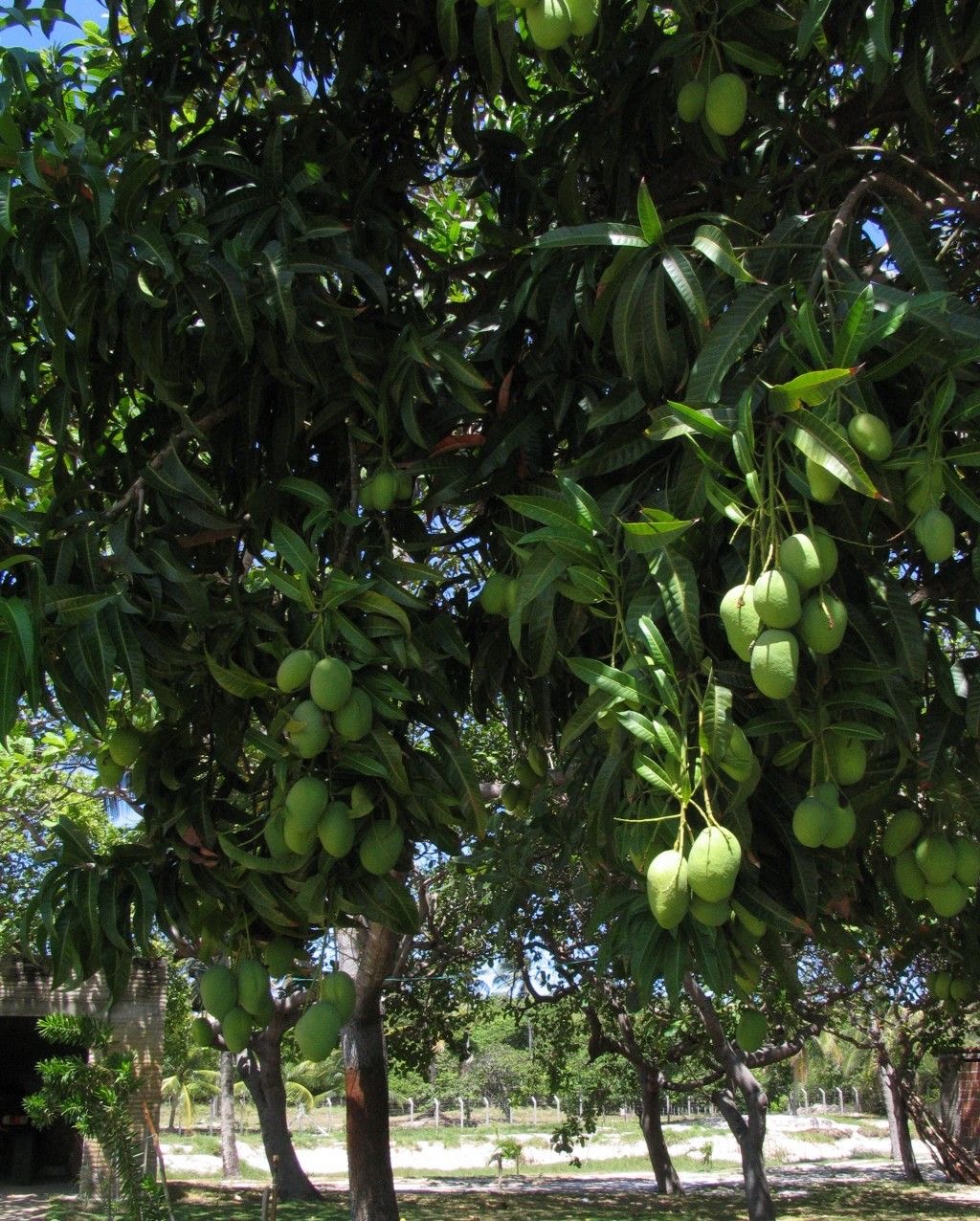This asana features a fundamental skill, that is balance and this posture helps to develop the muscles in the feet and legs by maintaining a standard upright position. A fixed focal point on which to lock the gaze can help prevent losing one’s balance, thus teaching one single minded focus.
Vriksha or tree, holds a sacred position in Hindu, Buddhist and Jain mythology. In ancient India, as today trees were associated with gods, holy men, and supernatural beings, known as Yakshas and Yakshis, and were worshipped. In fact, tree worship can be traced as far back as the Harappan civilisation and archaeological evidence has yielded clay tablets with images of people trees being worshipped.
In Hindu mythology, most gods are associated with a tree. Shiva sits under the banyan tree, Vishnu is associated with a kadaba tree and the tulsi Bush, Kaamdev, with mango trees, Hanuman with banana trees and the goddess with tamarind groves and neem trees. The Goddess Sabari is known as the mother of plants.
In Buddhism, too, the peepul tree is the one beneath which the Buddha became the awakened one, gaining knowledge of the ultimate truth of the world.
Although it is not a part of popular imagery, but in Jainism, each Jain who finds liberation from the material world meditates under a particular tree.
In classical art and Sanskrit poetry trees are associated with prosperity, fertility and facility. Trees are symbols of strength, individuality and expression, calmness, growth and the interconnectedness of everything.Trees and humans are often compared to one another. Our legs as the trunk, our arms the branches, our hair it’s leaves and our blood it’s sap.
In Jungian terms, the tree is a symbol in dreams and drawings of the growth and development of psychic life — a link to the collective unconscious. The tree is a key, then, to spiritual growth. Trees are sources of profound spiritual guidance and show us Three key aspects of the living qualities of our relations: Deep rootedness, unconditional generosity and radical acceptance.
The presence of trees articulates that when one is well grounded and centered in one’s roots. Vrikshasana with its similarity to a tree indicates that healthy growth and flexibility towards change comes from generosity of spirit, the giving of oneself.
















